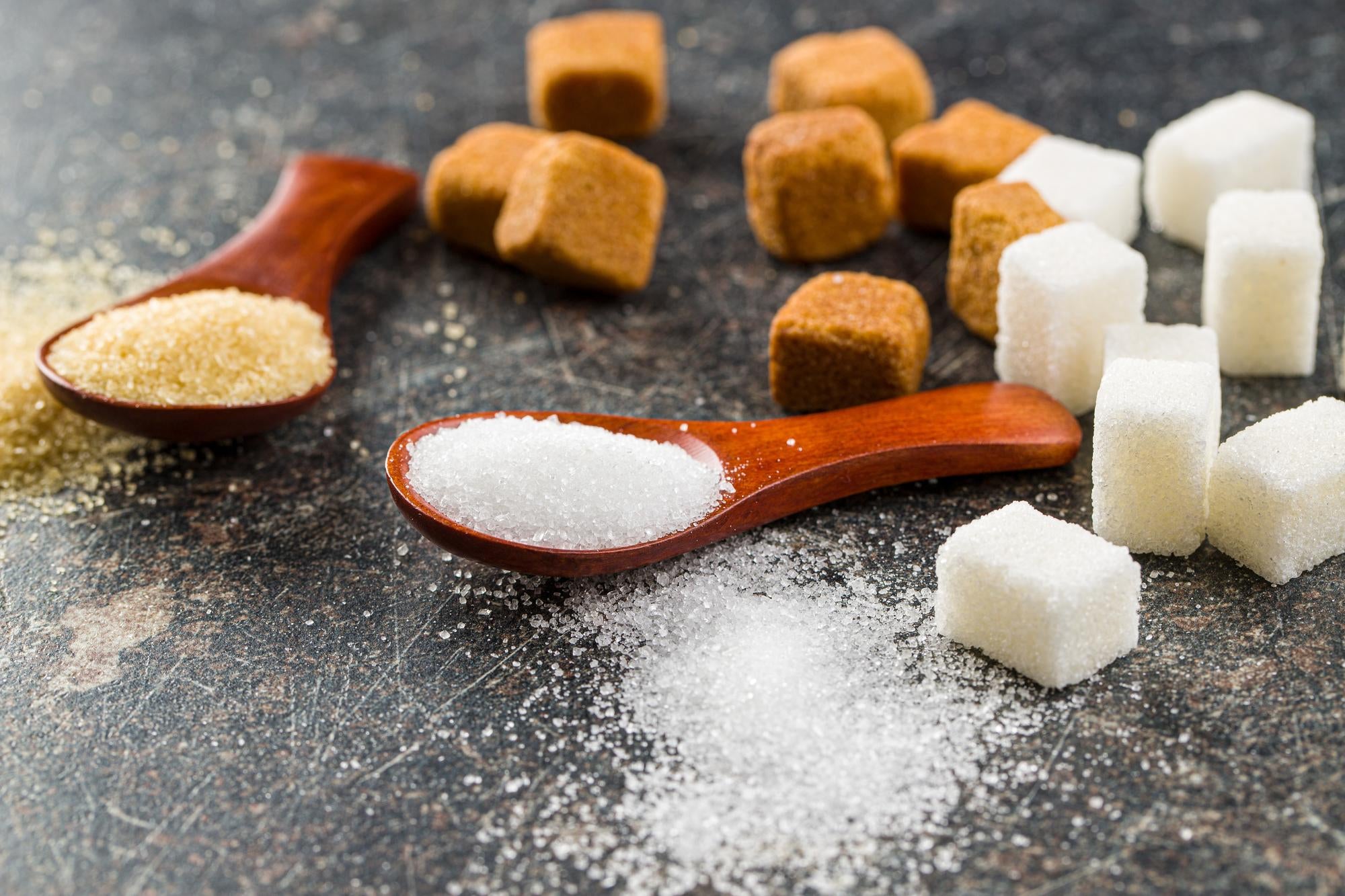The debate on beet sugar vs cane sugar often is about processing methods and health aspects.
The debate on beet sugar vs cane sugar often is about processing methods and health aspects.
Blog Article
Discover the Uses and Advantages of Beet Sugar Vs Cane Sugar in Your Daily Diet
Discovering the unique top qualities of beet and cane sugar discloses even more than just their sweetening capabilities; it highlights their special impacts on health and wellness and cooking arts. Beet sugar, known for its refined taste, is usually preferred in delicate treats, whereas cane sugar, with its tip of molasses, adds richness to durable recipes. Each type holds its very own dietary profile and glycemic ramifications, welcoming a deeper understanding of their functions in a well balanced diet and sustainable usage techniques.
Origin and Production Procedures of Beet and Cane Sugar

The unique climates and dirt kinds needed for growing sugar beetroots and sugarcane add to differences in their cultivation methods and geographic distribution, affecting the business economics and sustainability of their manufacturing. beet sugar vs cane sugar.
Nutritional Comparison Between Beet Sugar and Cane Sugar
Regardless of originating from various plants, beet sugar and cane sugar are nutritionally very comparable, both largely being composed of sucrose. Each provides about 4 calories per gram, translating to approximately 16 calories per teaspoon. Structurally, both sugars are composed of around 99.95% sucrose, with very little quantities of various other compounds like wetness and trace element, which do not dramatically modify their nutritional profiles.
Ultimately, when choosing between beet sugar and cane sugar based on nutritional web content alone, both offer identical benefits and drawbacks as they are essentially forms of the same molecule-- sucrose, providing quick power without various other nutrients.
Influence On Wellness: Glycemic Index and Caloric Material
Checking out even more into the effects of beet sugar and cane sugar on health, it is vital to consider their glycemic index and calorie material. Both sugars are categorized as sucrose, which contains sugar and fructose. This make-up leads them to have a similar effect on blood sugar degrees. The glycemic index (GI) of both beet and cane sugar is around 65, categorizing them as high-GI foods, which can check this site out cause fast spikes in blood sugar levels. This is a critical facet for people managing diabetes mellitus or those trying to stabilize their power degrees throughout the day.
Each sort of sugar has around 4 calories per gram, making their caloric web content equivalent. For those keeping track of calorie intake, particularly when managing weight or metabolic health conditions, recognizing this equivalence is crucial (beet sugar vs cane sugar). Too much consumption of any type of high-calorie, high-GI food can add to health problems such as excessive weight, heart disease, and insulin resistance.
Environmental and Economic Factors To Consider of Sugar Manufacturing
Beyond health effects, the manufacturing of beet and cane sugar also elevates substantial ecological and economic issues. Sugar beet farming often read this post here tends to require cooler climates and has a lower geographical footprint contrasted to sugar cane, which grows in exotic regions. Both plants are extensive in terms of water use and land profession, possibly leading to logging and water deficiency. Financially, the global sugar market is highly volatile, influenced by changes in worldwide trade policies and subsidies. Lots of countries incentivize sugar production with economic assistance, skewing market value and influencing small farmers adversely.
Furthermore, the use of pesticides and fertilizers in both beet and cane sugar cultivation can lead to dirt destruction and air pollution, more influencing biodiversity and regional water bodies (beet sugar vs cane sugar). The option between cultivating sugar beet or cane typically rests on local ecological problems and economic elements, making the sustainability of sugar production an intricate concern
Culinary Applications and Flavor Differences
While the ecological and economic elements of sugar production are Continue without a doubt considerable, the choice in between beet and cane sugar additionally influences cooking applications and flavor accounts. Beet sugar, obtained from the sugar beet plant, is known for its incredibly neutral taste.
Walking cane sugar, removed from sugarcane, typically retains molasses traces, which present an unique richness and depth. This mild molasses flavor boosts the complexity of baked products, sauces, and sauces. It is especially favored in things where a caramel touch is wanted, such as in brownies or gingerbread. The small variant in wetness web content in between beet and cane sugar can affect the texture and consistency of meals, making cane sugar a recommended selection for specific recipes that benefit from its special properties.

Final Thought
To conclude, both beet and cane sugar have unique origins and production procedures, supplying comparable nutritional profiles with small differences in salt material and flavor. While their influence on wellness, especially relating to glycemic index and calories, is similar, the choice in between them usually boils down to ecological, economic elements, and specific cooking requirements. Comprehending these aspects can lead customers in making informed choices that line up with their wellness goals and flavor choices.
Report this page